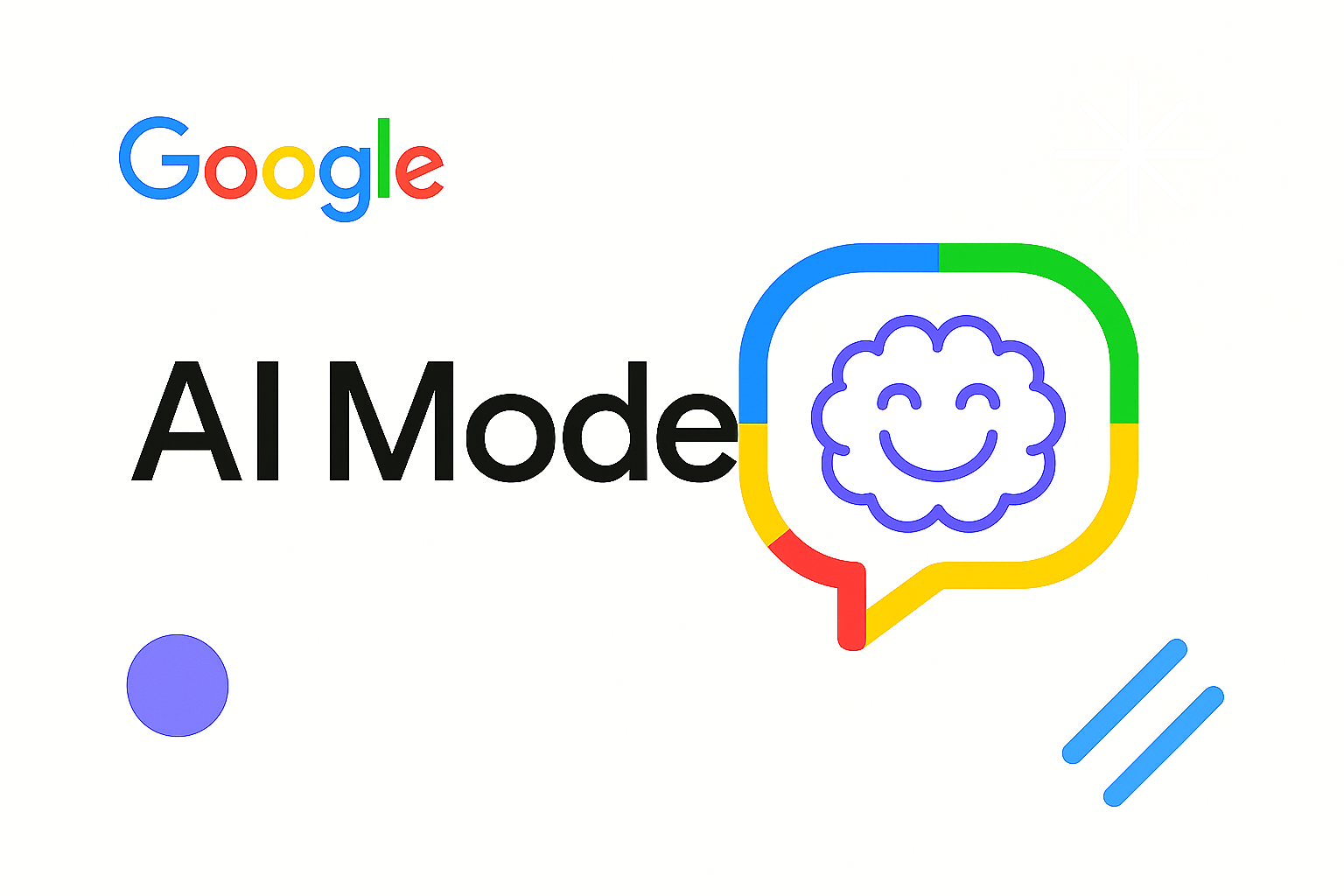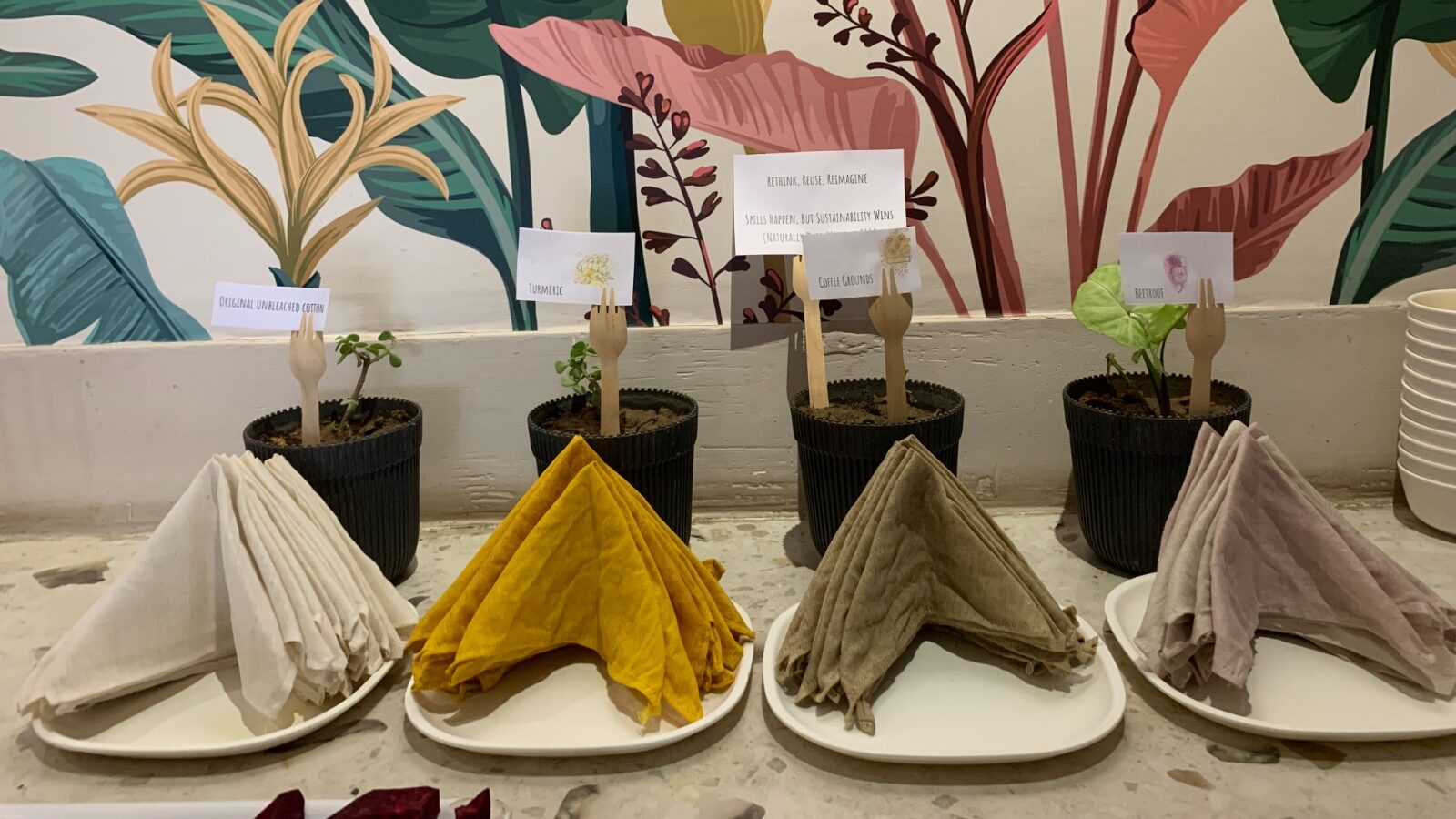
Google Discusses Ranking System
by AvneetAmit Singhal recently shared (or did he?) on Google’s Official Blog how Google’s ranking system works.
New information in the article:
1. The 3 philosophies behind Google ranking:
1) Best locally relevant results served globally. (according to Amit, it’s their “no query left behind” principle)
2) Keep it simple.
3) No manual intervention.
2. …
Reminder in the post:
From Google’s Official Blog:
The second reason we have a principle against manually adjusting our results is that often a broken query is just a symptom of a potential improvement to be made to our ranking algorithm. Improving the underlying algorithm not only improves that one query, it improves an entire class of queries, and often for all languages. I should add, however, that there are clear written policies for websites recommended by Google, and we do take action on sites that are in violation of our policies or for a small number of other reasons (e.g. legal requirements, child porn, viruses/malware, etc).
Looking forward to the “followup post!”
- About the Author
- Latest Posts
-
Email Marketing Without Fatiguing Conscious Consumers
by Charanjeev Singh
How to build trust, reduce inbox overload, and engage with intention Email marketing is a powerful tool. It lets …
Continue reading “Email Marketing Without Fatiguing Conscious Consumers”
-
How to Market Vegan Products Without Preaching (or Losing Sales)
by Tapam Jaswal
Marketing vegan products isn’t just about talking to people who already follow a vegan lifestyle. It’s also about connecting with …
Continue reading “How to Market Vegan Products Without Preaching (or Losing Sales)”
-
Vegan SEO: Optimizing Organic Visibility for Purpose-Driven Brands
by Tapam Jaswal
More people than ever are interested in vegan products and services. If you run a vegan brand, ensuring customers can …
Continue reading “Vegan SEO: Optimizing Organic Visibility for Purpose-Driven Brands”
-
Google AI Mode Explained: How It’s Reshaping Search and Content with Real Examples & Tips
by Tapam Jaswal
If you’re in SEO or content and have been watching Google’s changes, you already know: AI Mode isn’t a minor …
-
Jiva’s Organic Traffic Growth: 354% Surge in 6 Months | CueForGood
by Nida DanishSummary: Jiva’s efforts to empower smallholder farmers weren’t gaining the digital traction they deserved. With a strategic overhaul led by …
Continue reading “Jiva’s Organic Traffic Growth: 354% Surge in 6 Months | CueForGood”
-
What We Learned When We Switched From Disposable Tissues to Reusable Napkins
by Nida DanishAt CueForGood (CFG), we’ve embraced a refreshing change: reusable cloth napkins. While the switch may seem minor, it’s rooted in …
Continue reading “What We Learned When We Switched From Disposable Tissues to Reusable Napkins”





